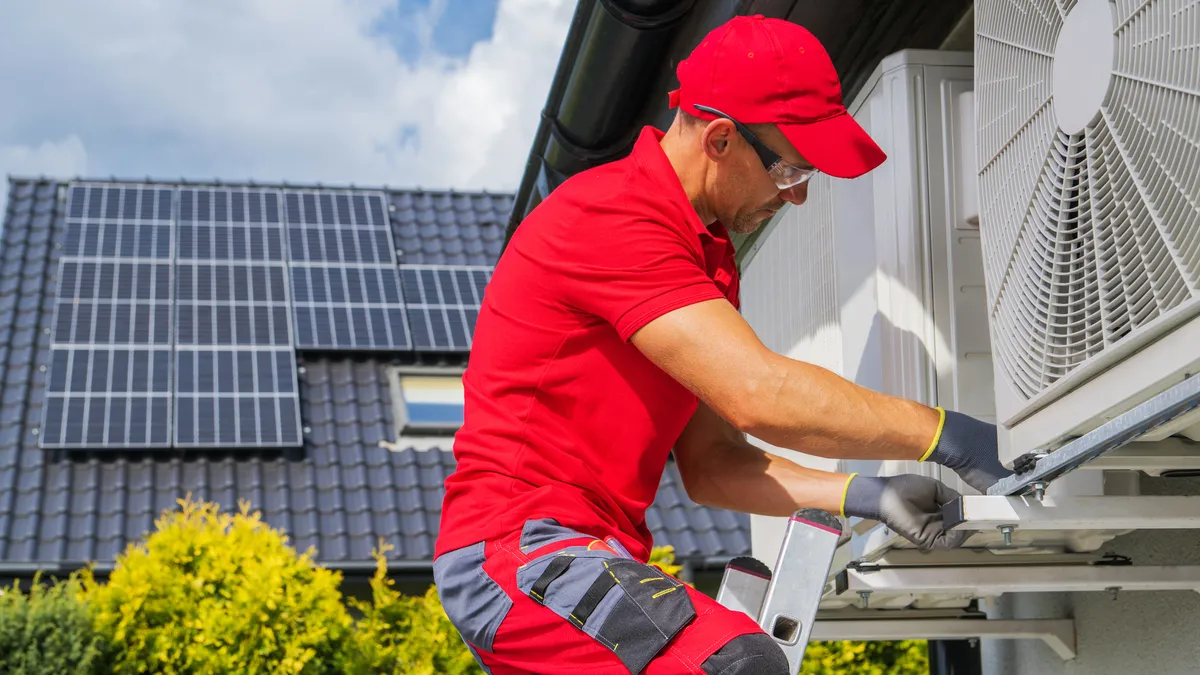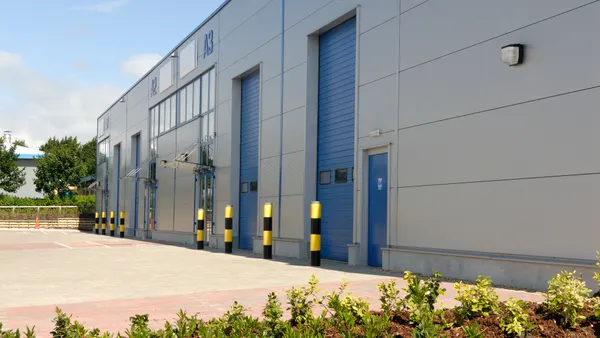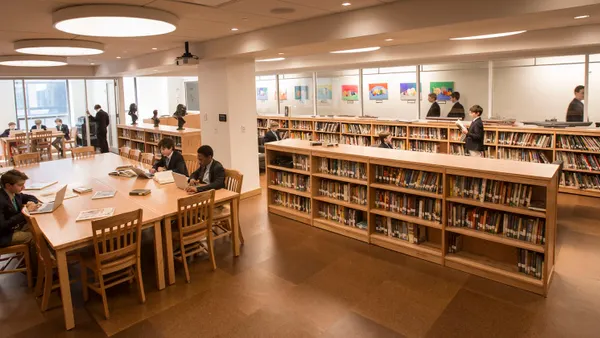The real peak season for HVAC isn’t in the heat of summer but later in October when heating systems begin to turn on again after months sitting idle, according to research released Wednesday by Samsara, a fleet management and safety software provider.
Despite the association between HVAC calls and extreme heat, October consistently marks the busiest month of the year for trips per service vehicle, drive time per vehicle and miles per vehicle, according to Samsara, which analyzed 65 million HVAC service trips across the U.S. from September 2023 to June 2025.
But before that late-year peak, there is a pause in HVAC service activity, with September showing a consistent and notable dip in demand, Kelly Soderlund, head of insights at Samsara, said in a blog post.
“This isn’t an anomaly — it’s a well- known ‘shoulder season’ in the HVAC world,” Soderlund said. “Air conditioners begin powering down as summer heat recedes, while heating systems haven’t yet been activated.”
There are fewer breakdowns in September, before spiking again in October. This means lower costs for HVAC services than in summer months, when service calls can be 20% to 40% higher for air-conditioning-related visits, the report says.
“Diagnostic and service call fees — which might usually be $75–$200 — can rise to $300 or more during the summer, and emergency service rates may double or triple — sometimes $140–$400/hr or more for off-hours/holidays,” Soderlund said. “The takeaway? September offers a key respite to get HVAC servicing done that is easier both on energy grids and on consumer wallets.”
In Georgia, for example, the average temperature drops nearly 10 degrees Fahrenheit from September to October to trigger the first major wave of heating demand, particularly in schools, public buildings and commercial facilities.
“So while July brings heat-related service calls, October drives more total activity across the board,” Soderlund said. “The transition from cooling to heating isn’t just technical — it’s operational, and it marks the true peak of the HVAC calendar.”
November, when the lingering need for summer cooling has ended and most heating prep for winter is complete, also shows a noticeable drop in service demand, Soderlund said. “This period offers another good opportunity for consumers to find savings before demand ramps up for winter,” she told Facilities Dive in an email.













